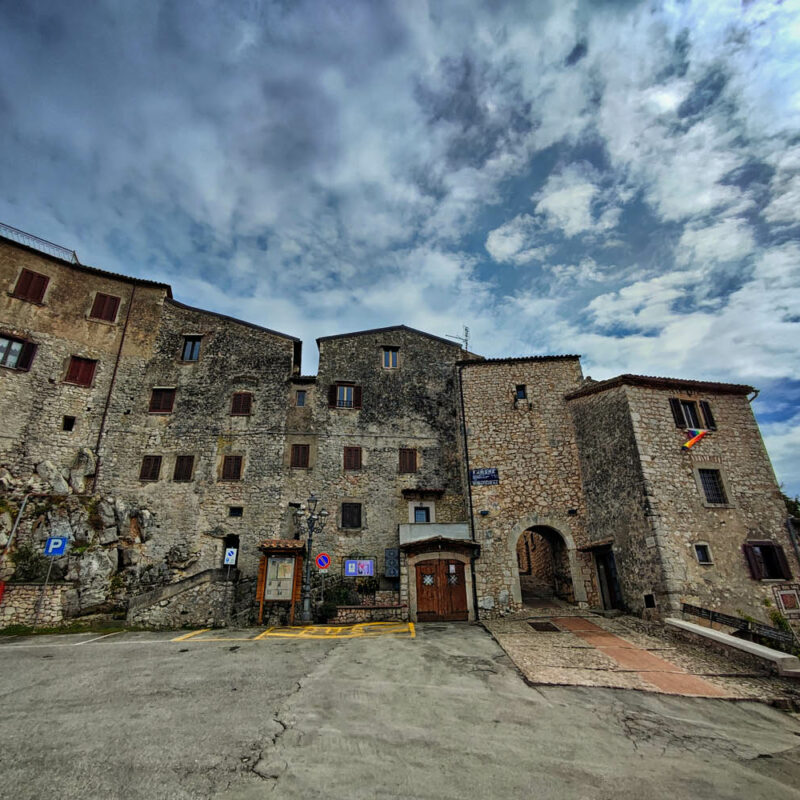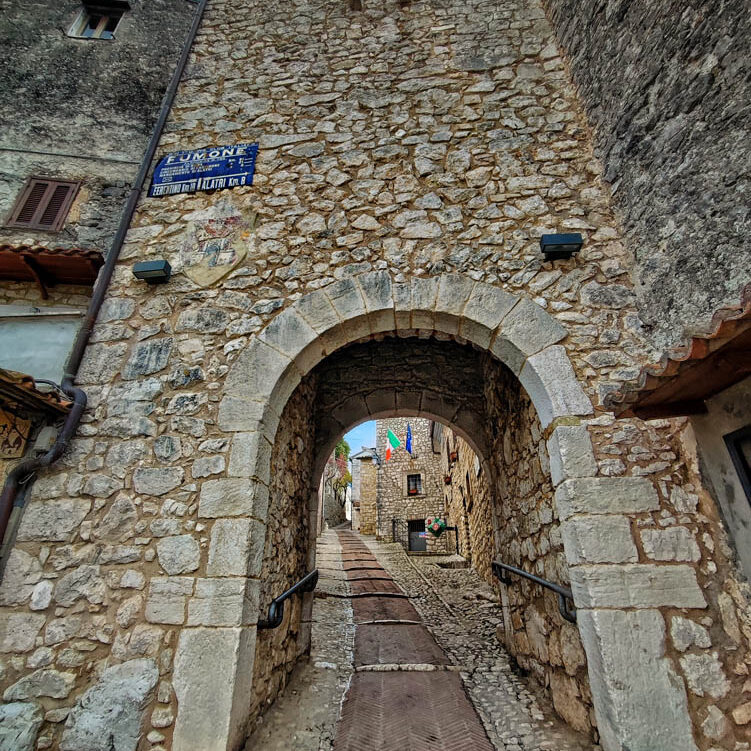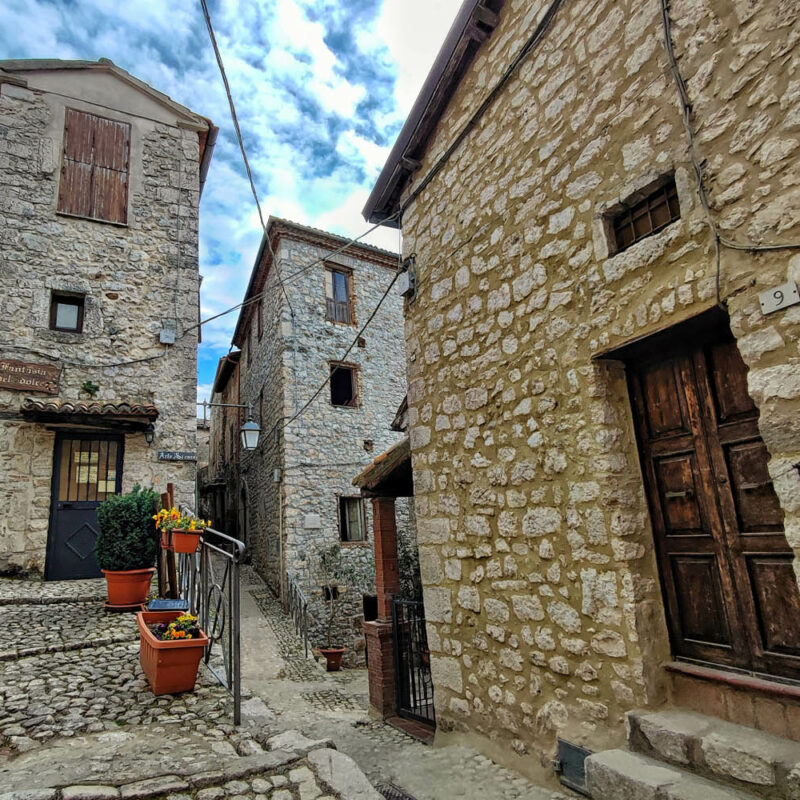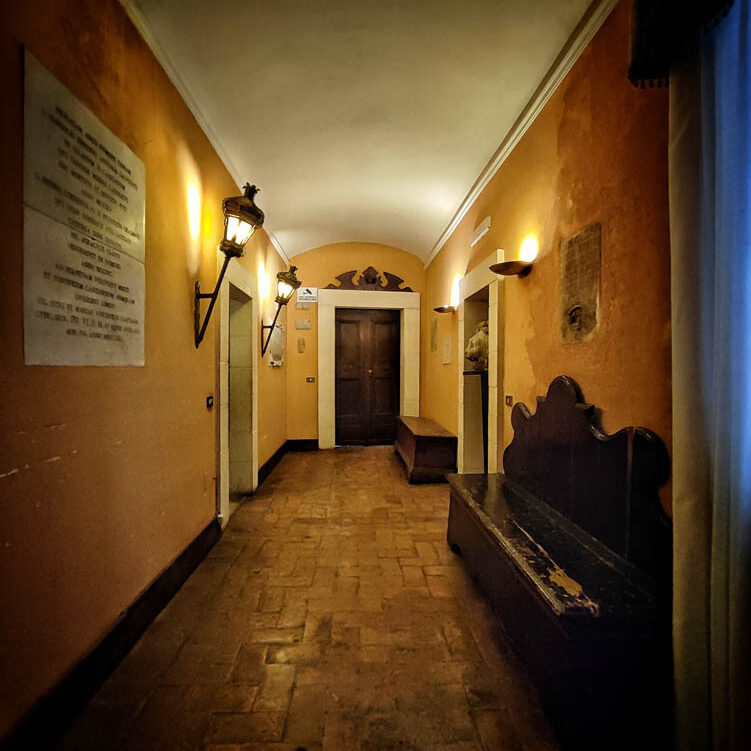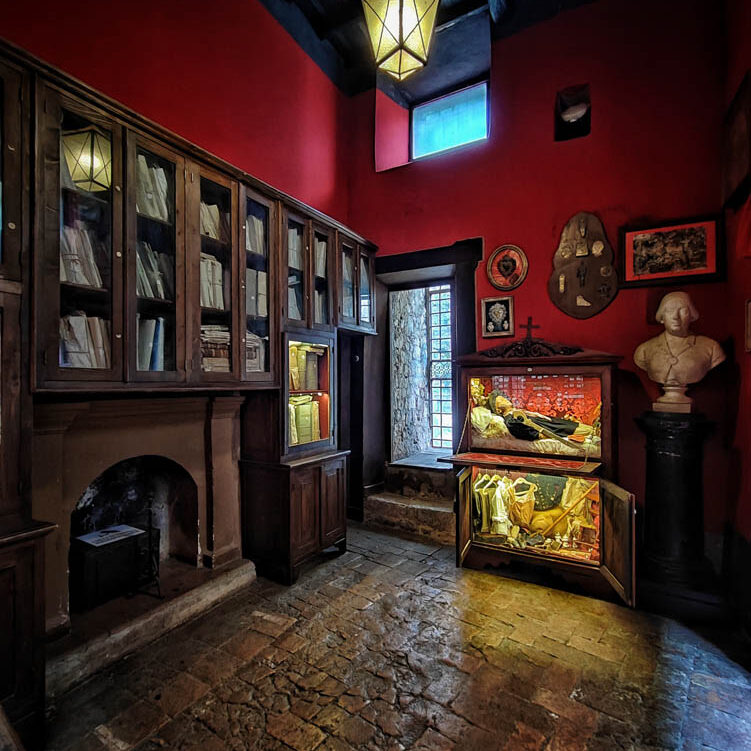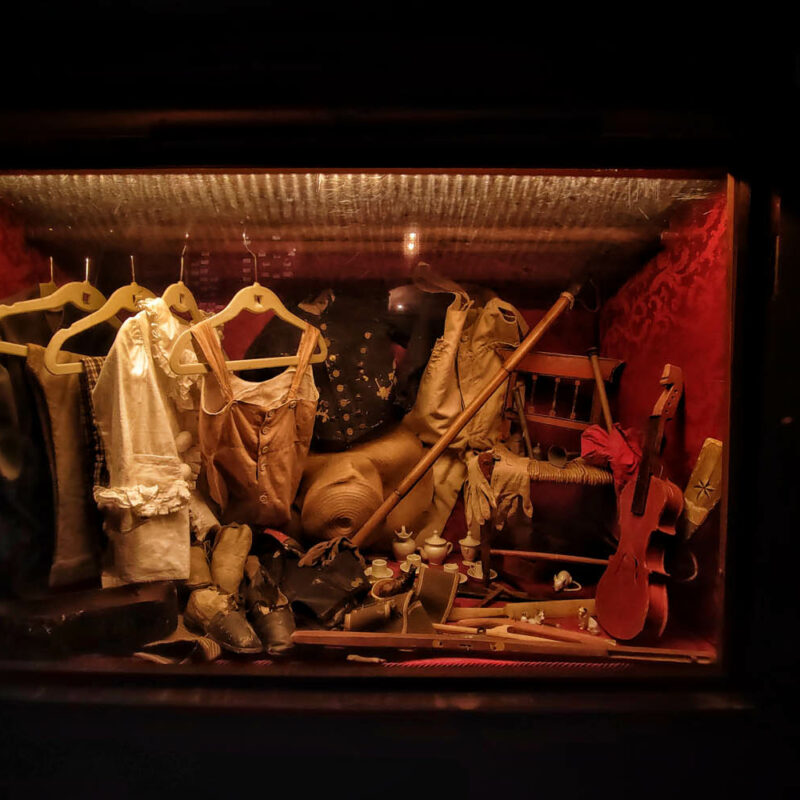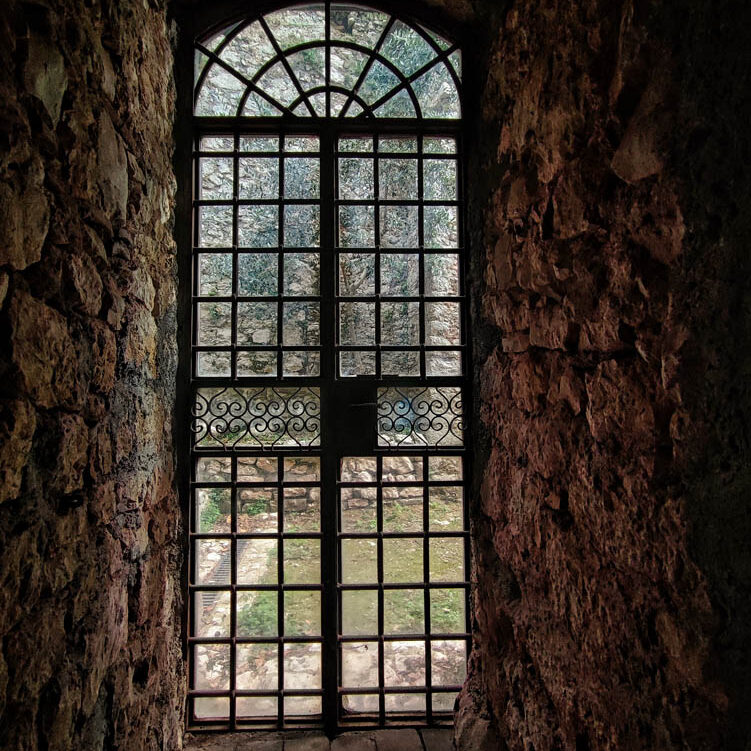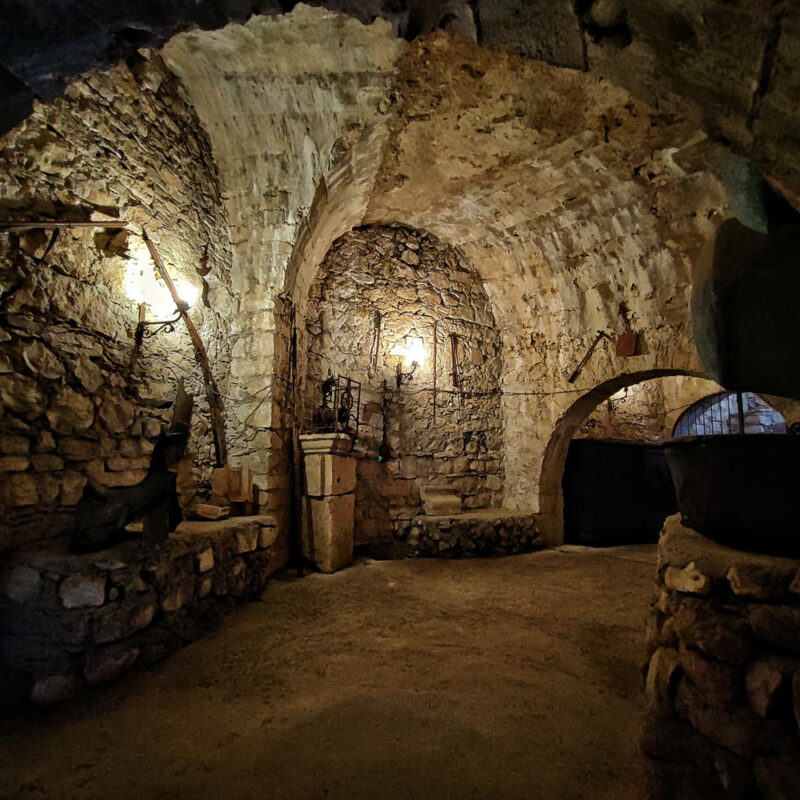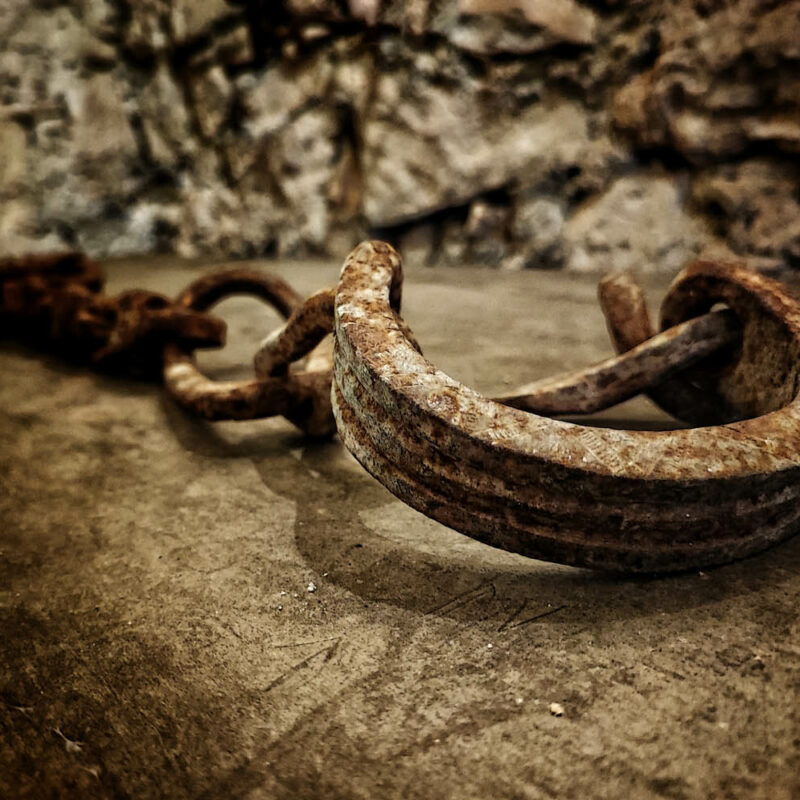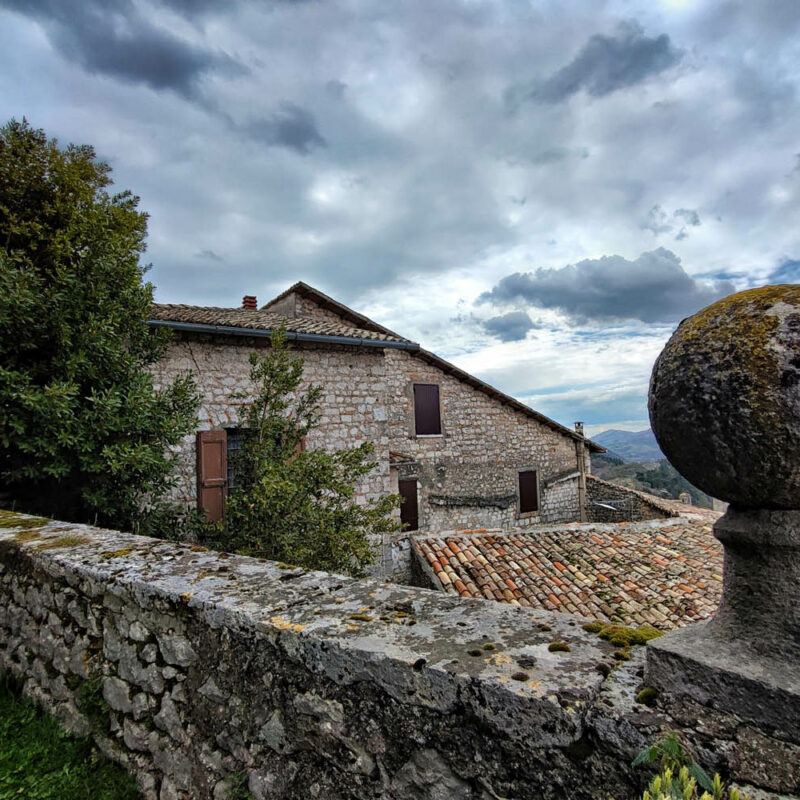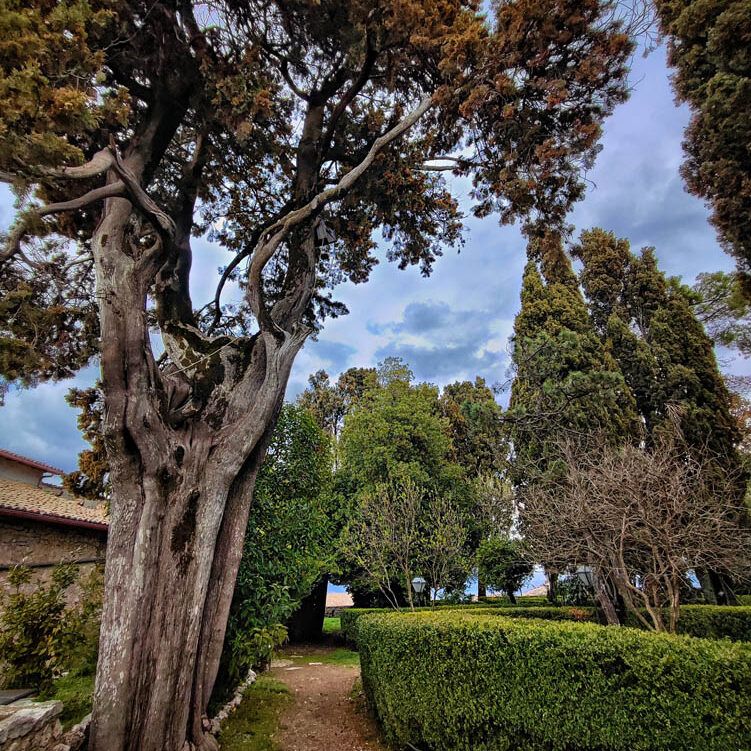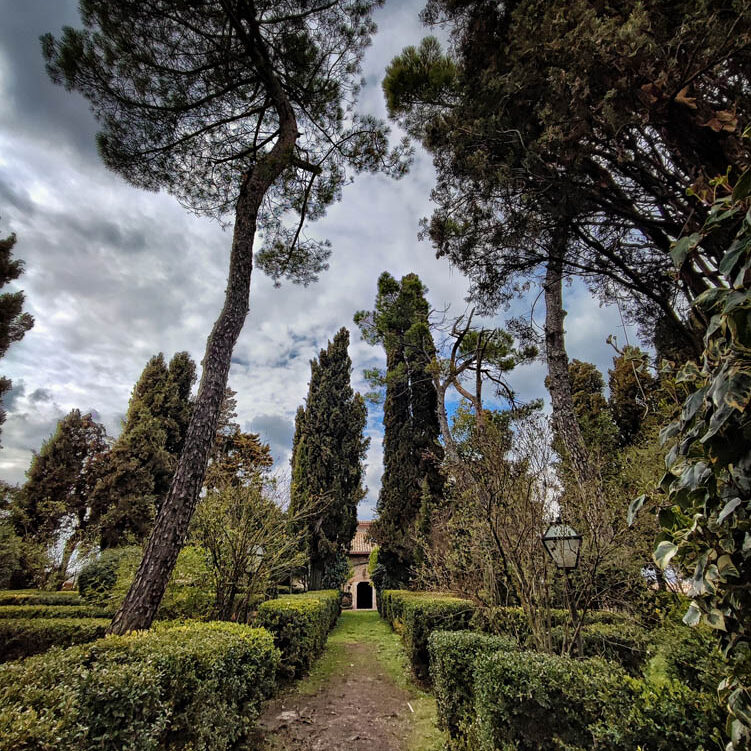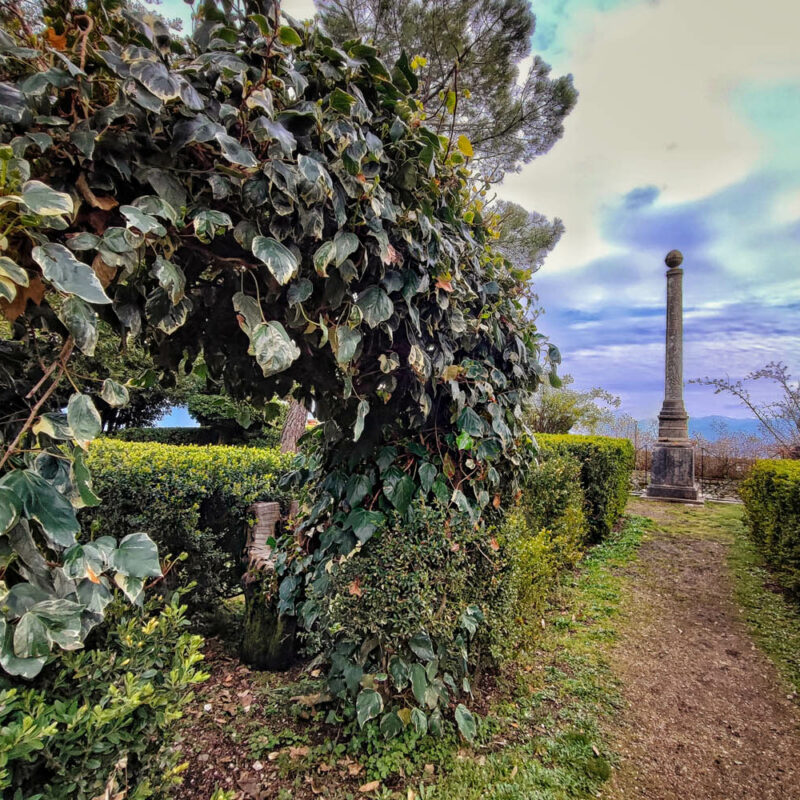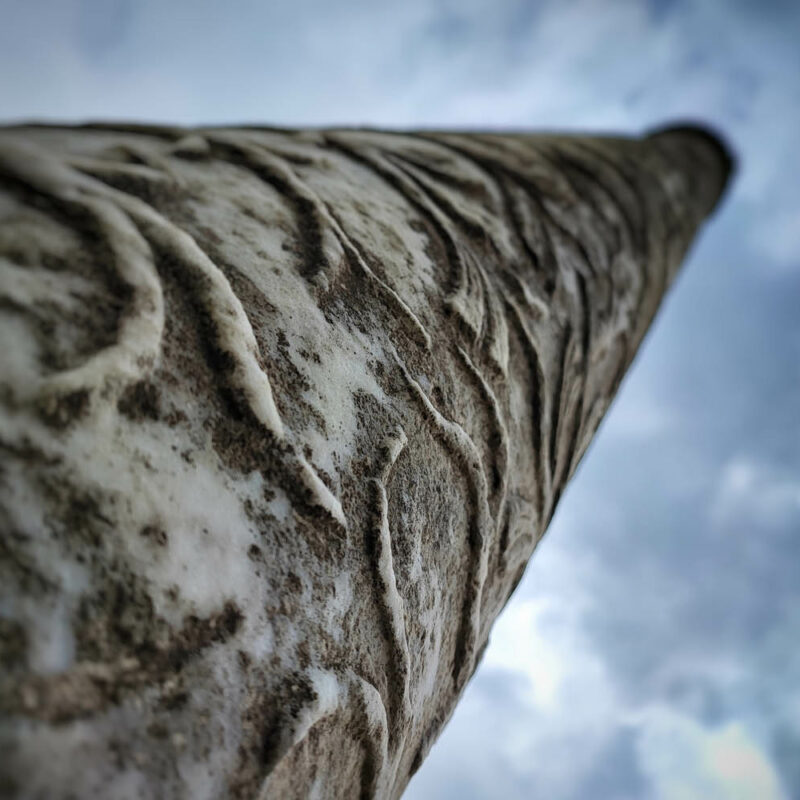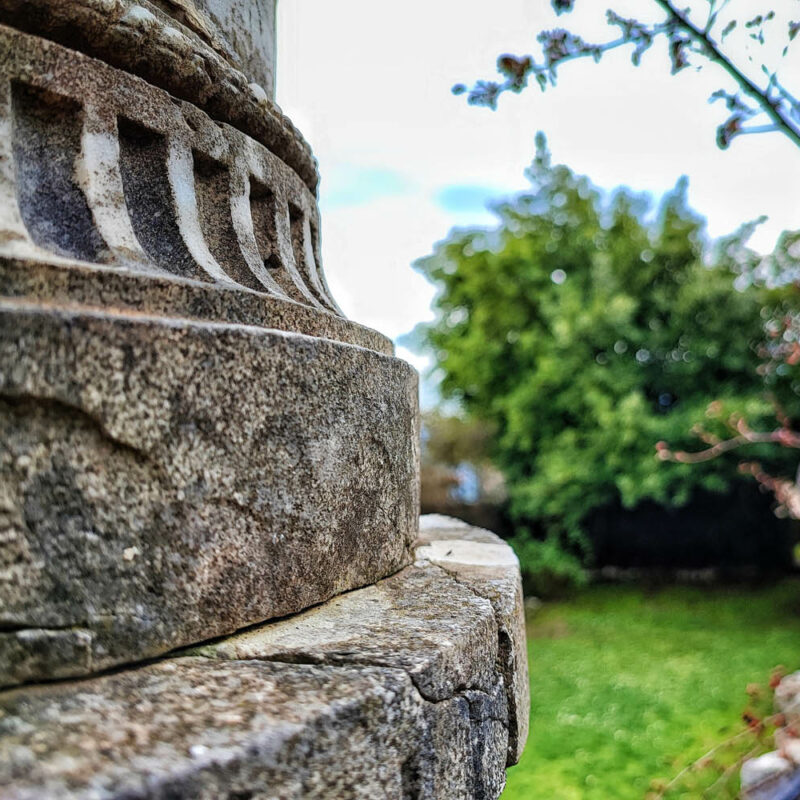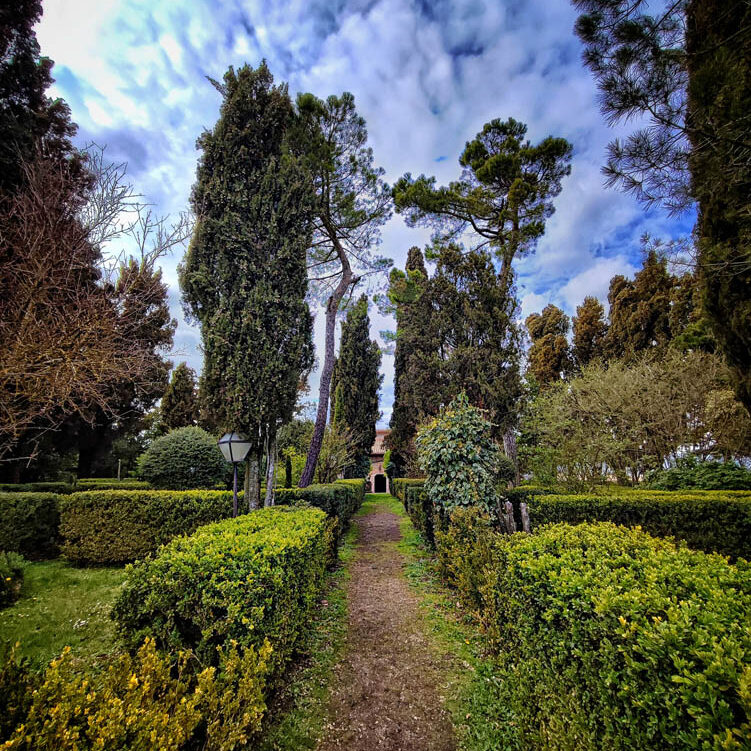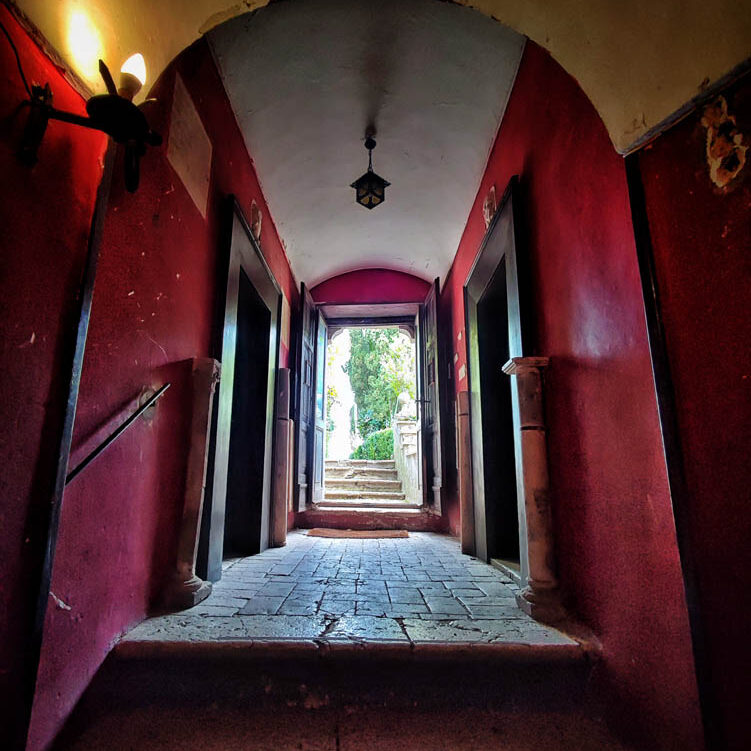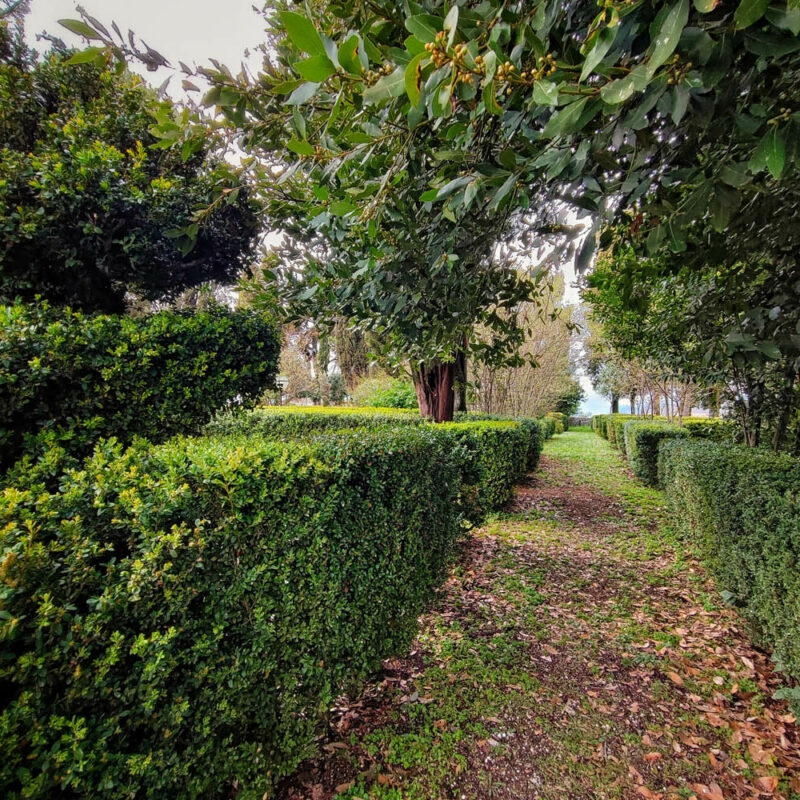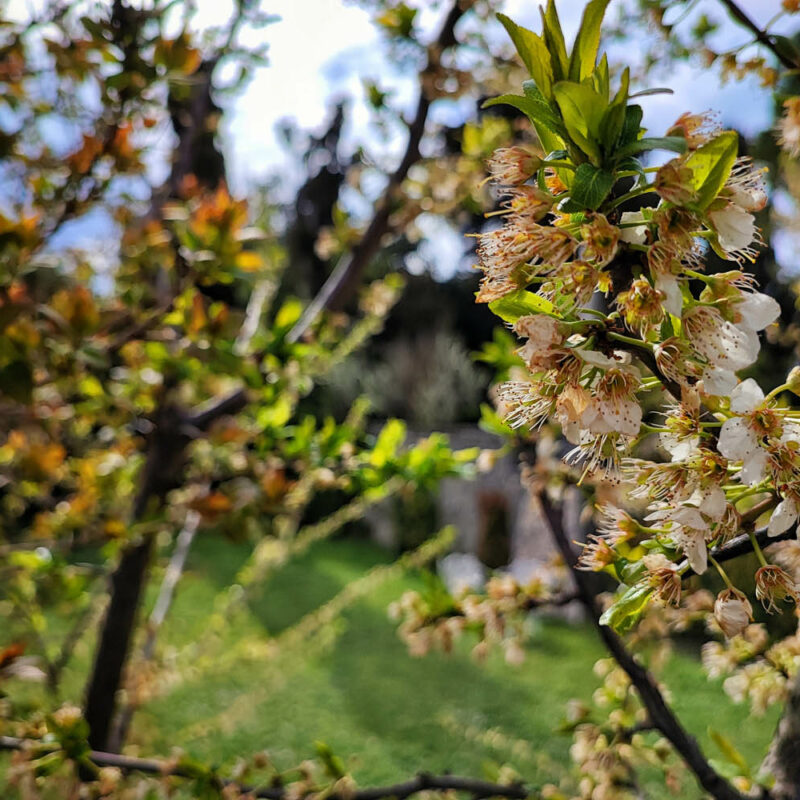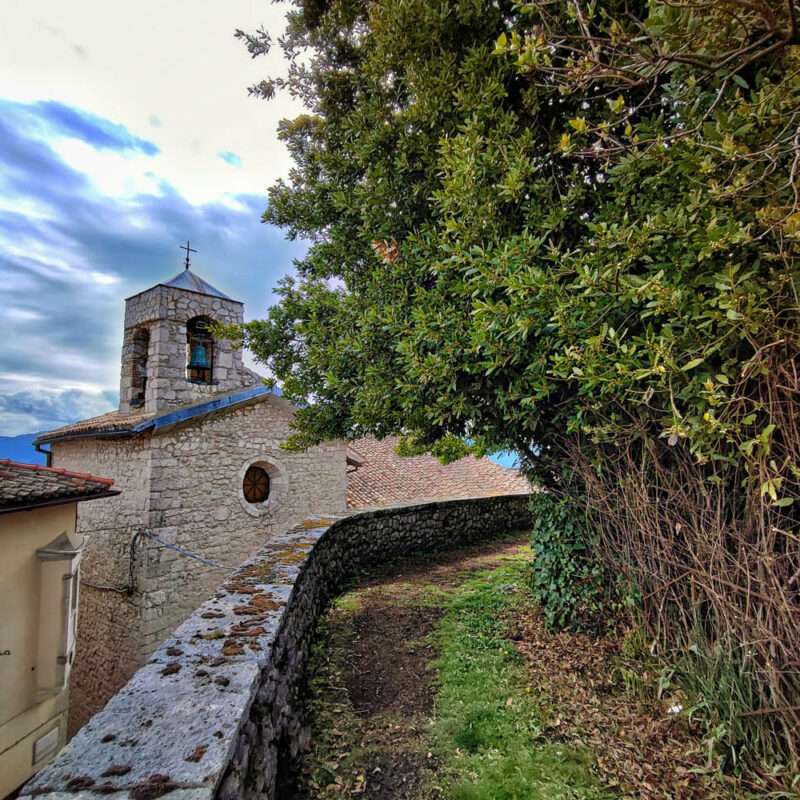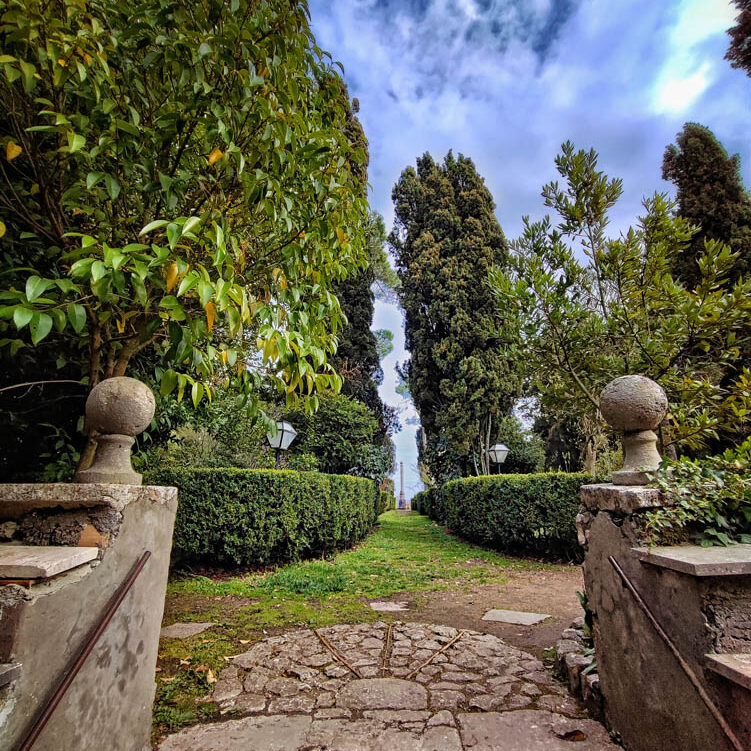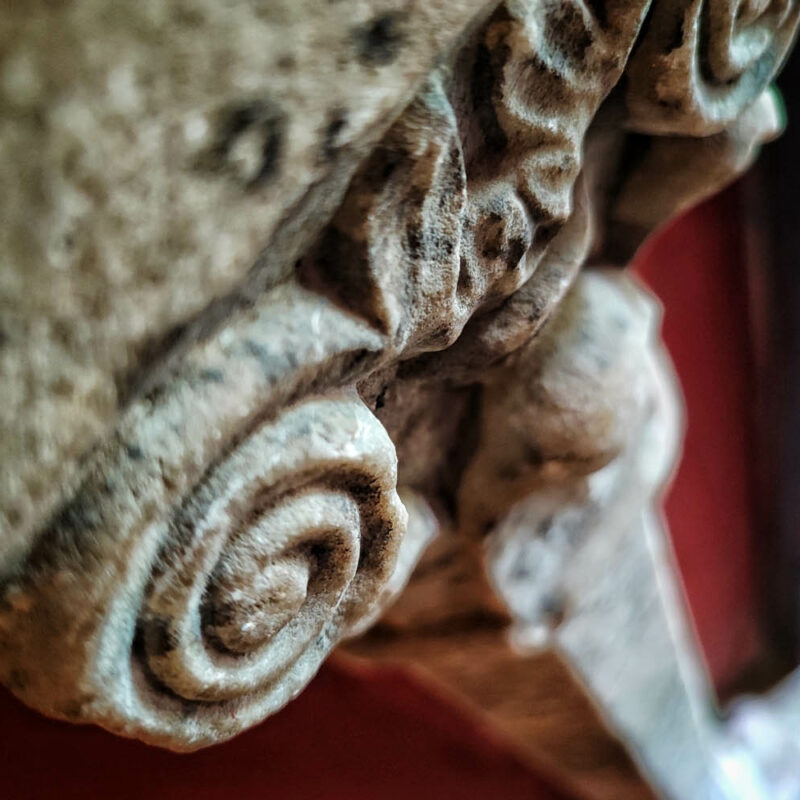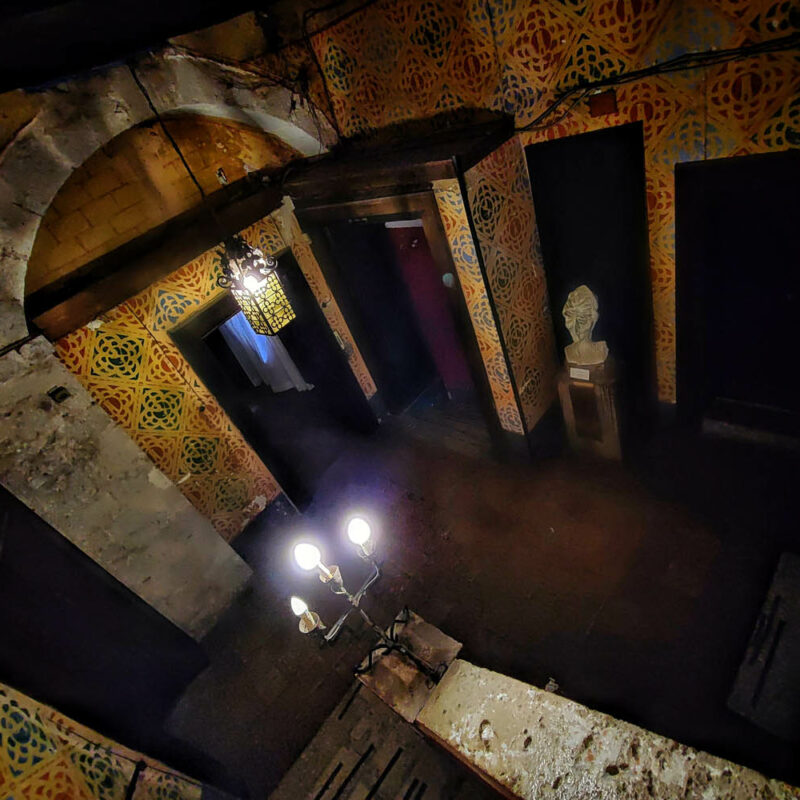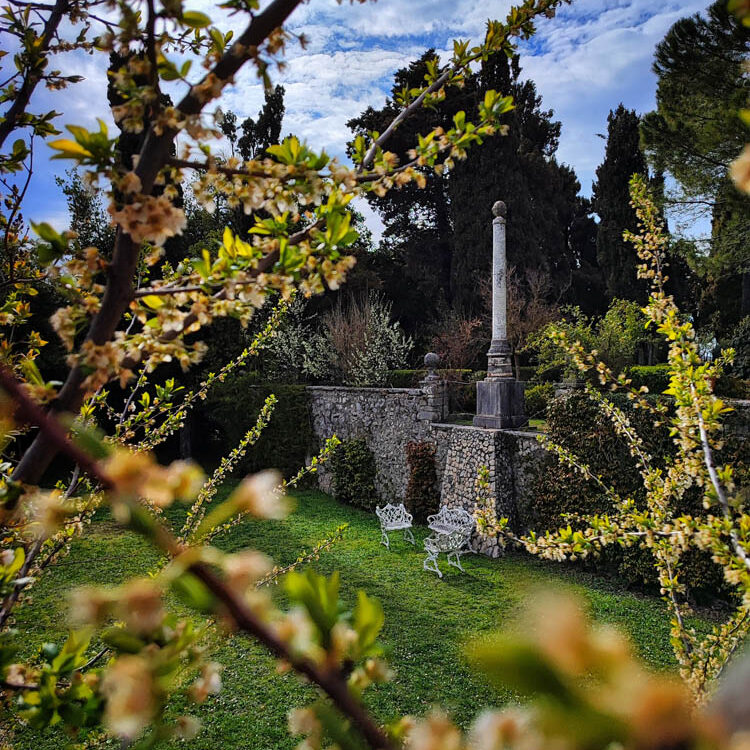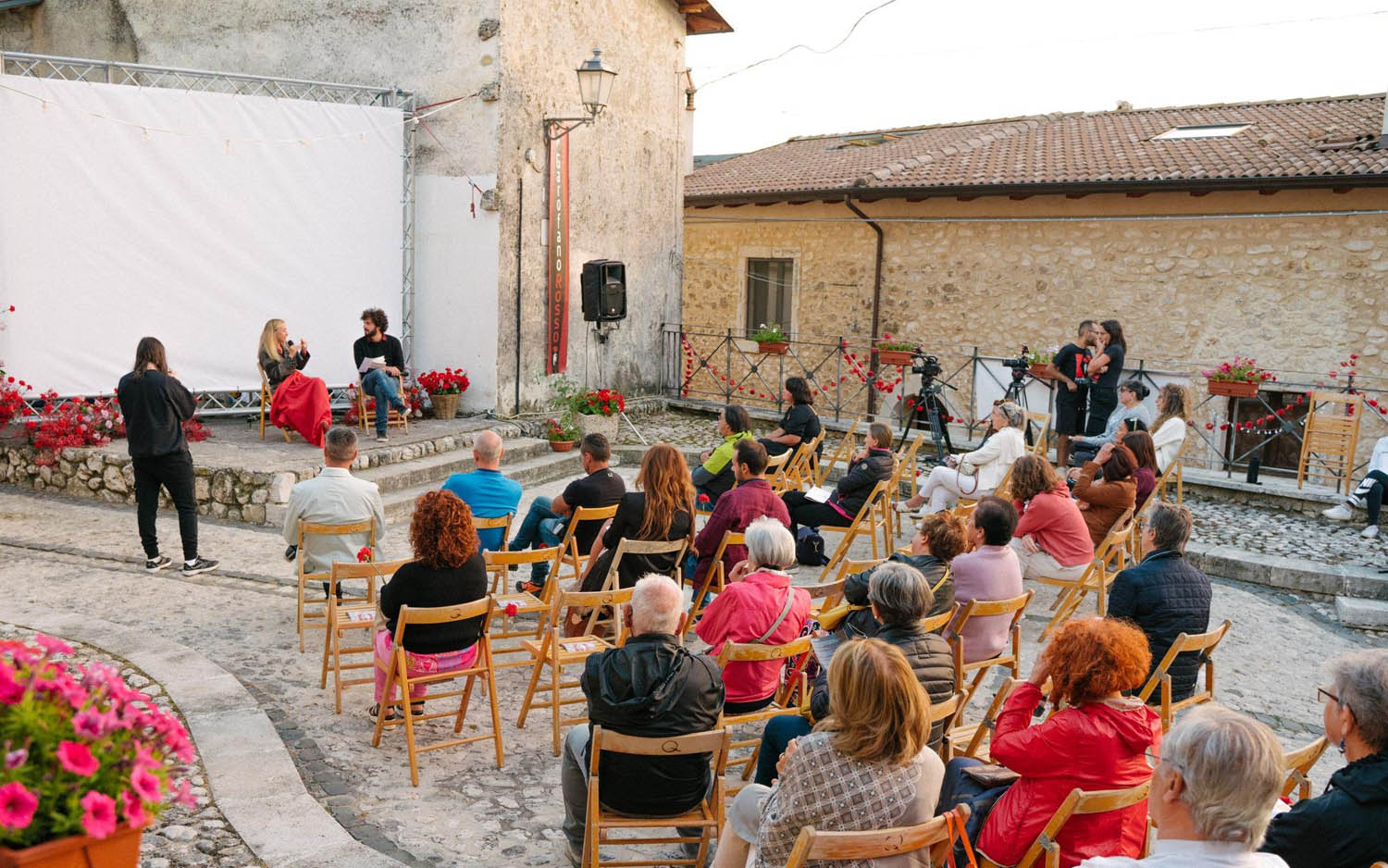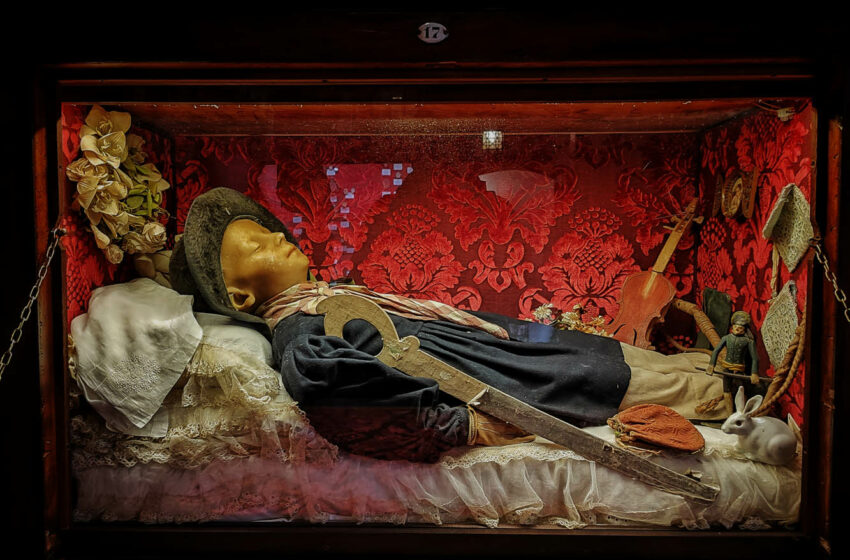
The Castle of Fumone: A Gem of Made in Italy
The enigmatic castle in the small and picturesque medieval village of Fumone, in the province of Frosinone, is a mix of history and legends.
The ancient manor, as eerie as it is fascinating, is shrouded in dark and mysterious presences. It silently witnessed a thousand years of history, featuring Popes and Saints, but also heinous crimes, including that of an infant, as told by Ottaviano de Paolis, one of the young members of the family that has owned the fortress for five centuries.
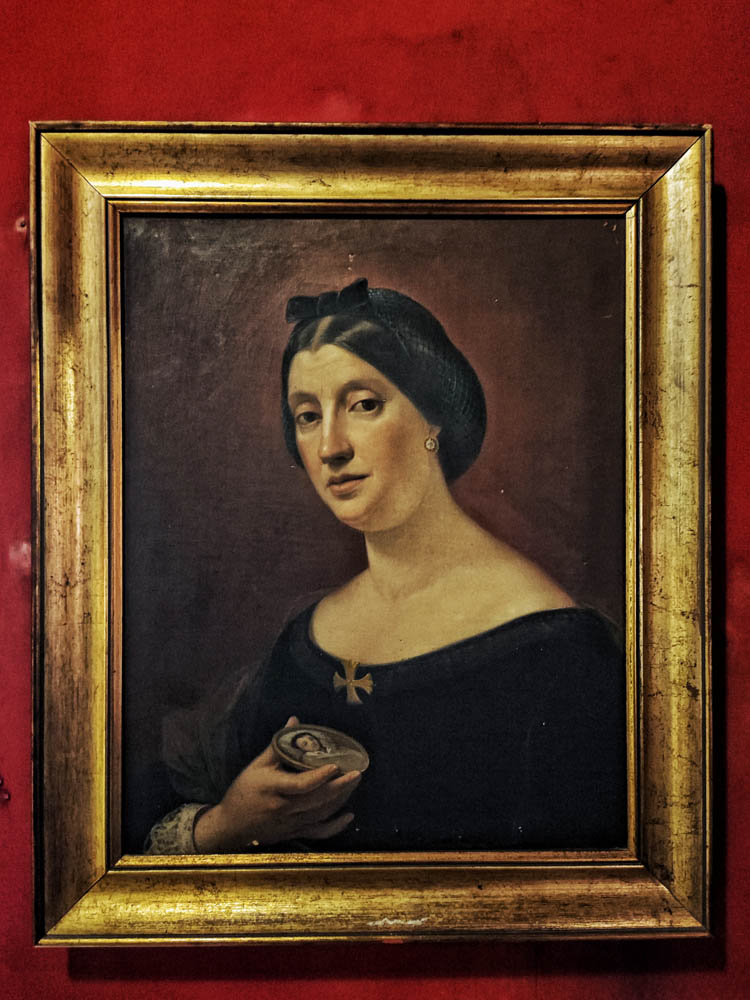
THE CHILD IN THE CASE
Francesco Longhi Caetani, three years old, lies within the transparent glass urn, embalmed by his mother, driven mad with grief in 1853, following his death which was later discovered to be caused by his seven sisters over inheritance issues, as he was the only male heir of the noble Longhi family.
THE CASTLE AND POPE CELESTINE V
The castle is an archaeological site of primary historical importance and serves as a formidable military structure still intact, built from the rock and partially carved from it. For centuries, it was a high-security papal prison.
Celestine V, Pietro Angelieri, known as Pietro da Morrone before his election as Pope, drew considerable attention from King Charles II of Anjou. One of his first papal acts was the issuance of The Pardon Bull, now kept in the Basilica of Collemaggio in L’Aquila. On December 13, 1294, following a prior amendment of the papal rules with experts including Cardinal Benedetto Caetani—allowing for the resignation from the papacy—Celestine V abdicated. Later that year, Cardinal Caetani was elected Pope, taking the name Boniface VIII. Wanting him under his control, the new Pope had him confined to Fumone Castle, where he died on May 19, 1296. Referenced in Dante’s Divine Comedy as “he who made the great refusal,” he was later canonized.
However, he was not the only one imprisoned in the ancient castle. From the 10th to the 16th century, many enemies of the Church and political prisoners were brought here in chains, amid numerous turbulent events, leading some to claim that the castle is now populated by ghosts who appear in various forms to the guests. The truth of these strange presences dwelling in the castle remains unknown, but it is certain that one can still feel an atmosphere laden with intrigues, mysteries, and fantastic stories.
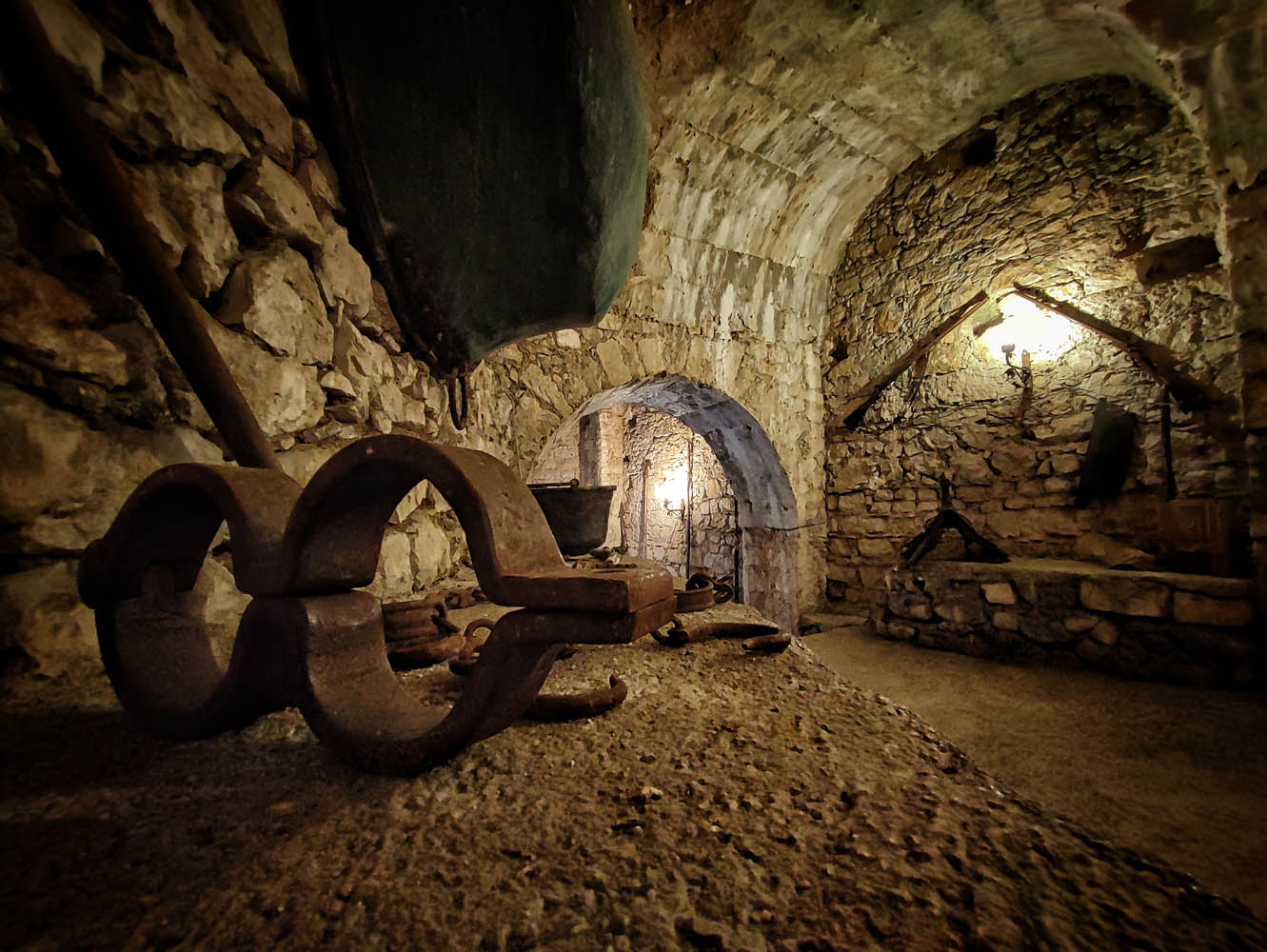
THE CASTLE AND ITS LANDSCAPES
The castle has always been an exceptional observation and communication point over a vast territory that encompasses almost all of Ciociaria and includes valleys, mountain ranges, cities, castles, and especially the Via Latina, the ancient main road for invasions from the south towards Rome, for about 50 Km.
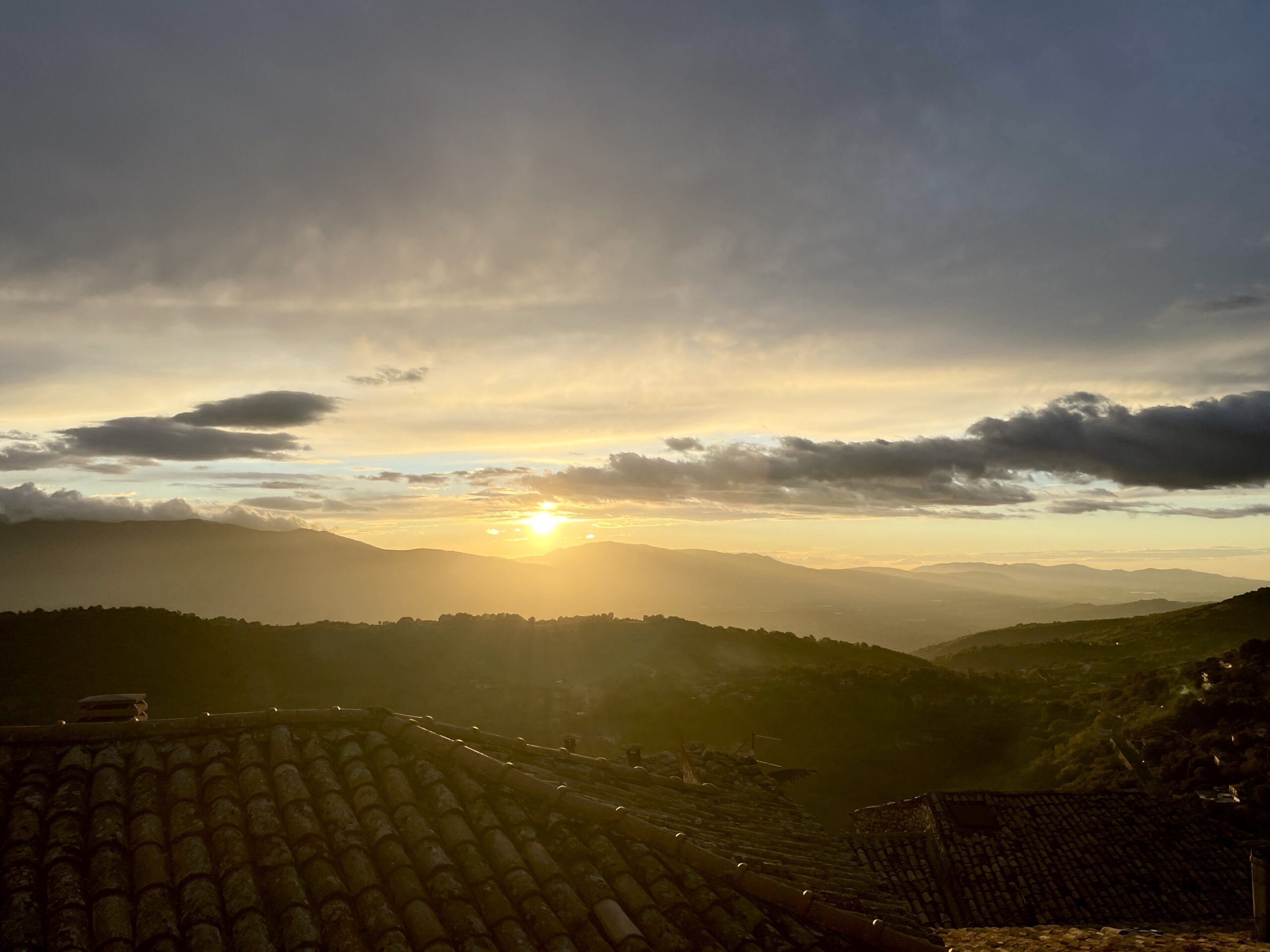
THE HANGING GARDEN
Fumone Castle boasts the highest and largest hanging garden in Europe on its summit. Its natural features make it not only a unique museum ideal for learning history, observing medieval and Renaissance civil and military architectures, and admiring significant artworks inside but also an opportunity to lose oneself in a vast landscape from an altitude of 800 meters.
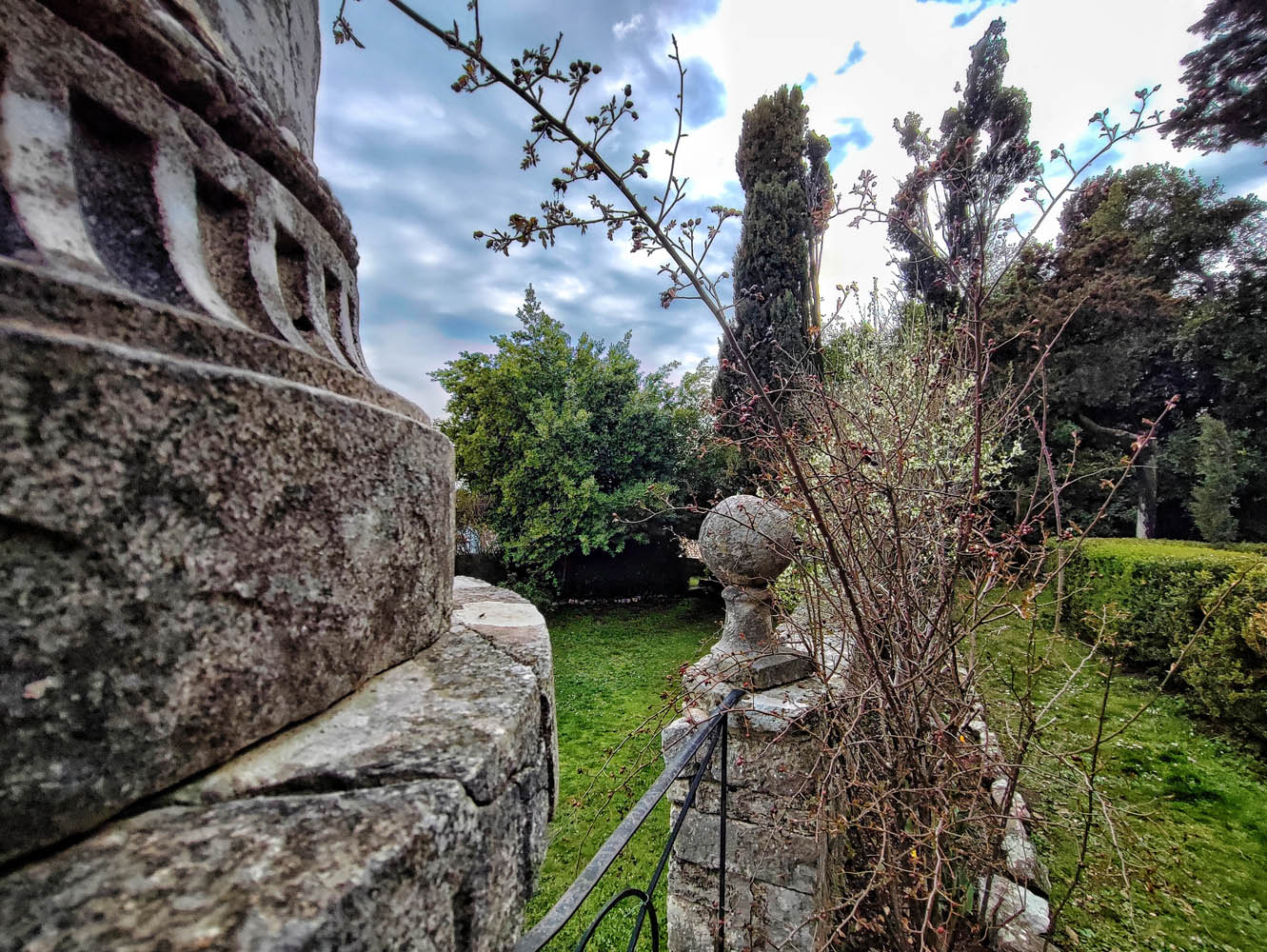
THE MUSEUM
The internal tour includes visits to the Celestinian Sanctuary, the Hanging Gardens, and parts of the Piano Nobile, which has been modified over the years to accommodate an increasing number of visitors. In addition to artworks, guests can avail themselves of detailed print materials. Most of the castle’s eighty remarkable rooms are accessible and recount the castle’s history and the area’s cultural events, art exhibitions, and high-profile conferences.
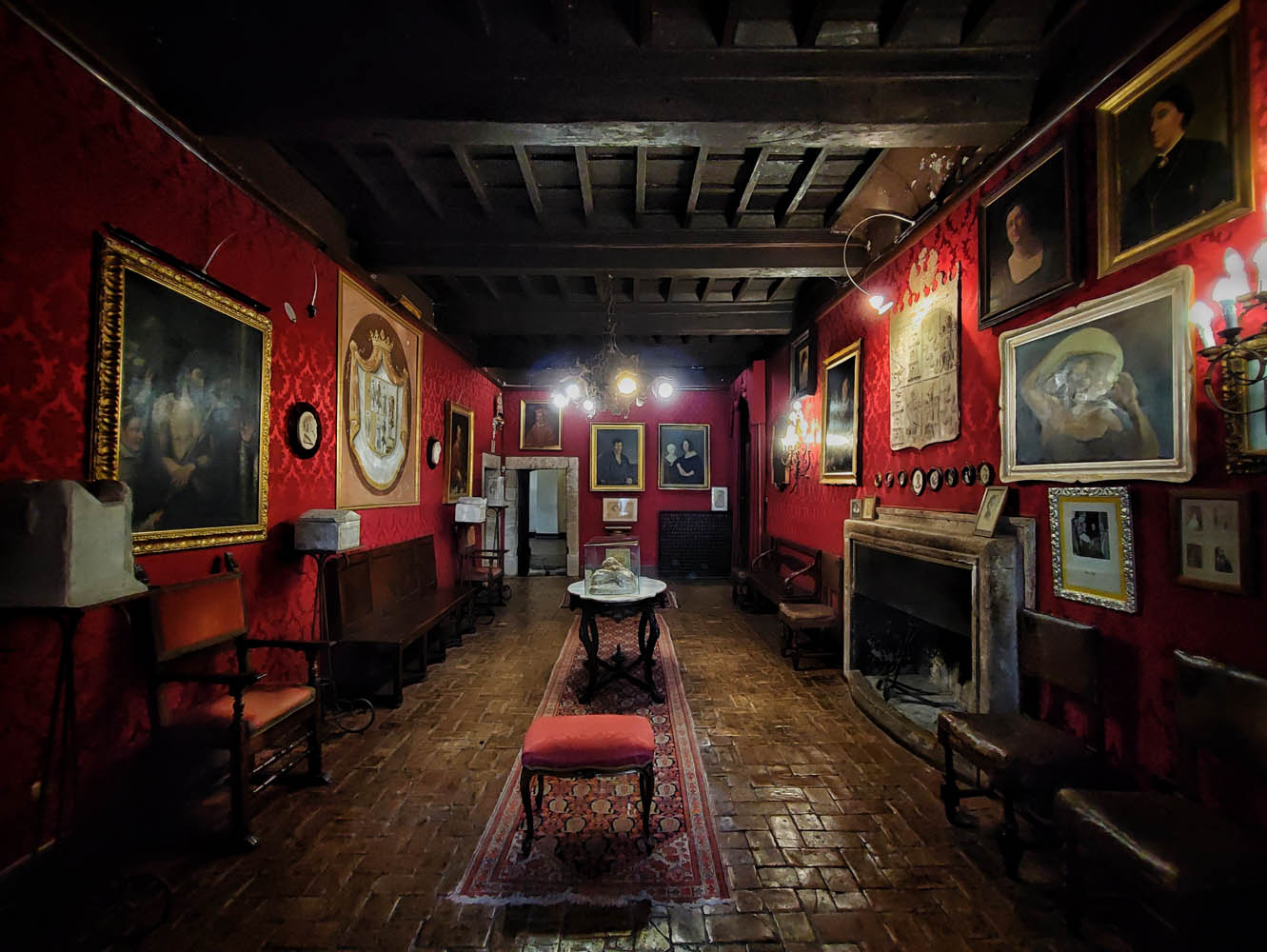
THE EVENTS
“And it has become an ideal location for weddings, graduation parties, birthdays, and every other kind of private ceremony, for an international clientele as well,” Ottaviano De Paolis tells us. “Even today, after a thousand years of history, the Castle of Fumone presents itself as a formidable and strategic place, no longer because it is militarily well-equipped or because it is the princely and exclusive residence of an ancient Roman family, but because it drives the economy of the entire village and is well-utilized from a tourism perspective.”
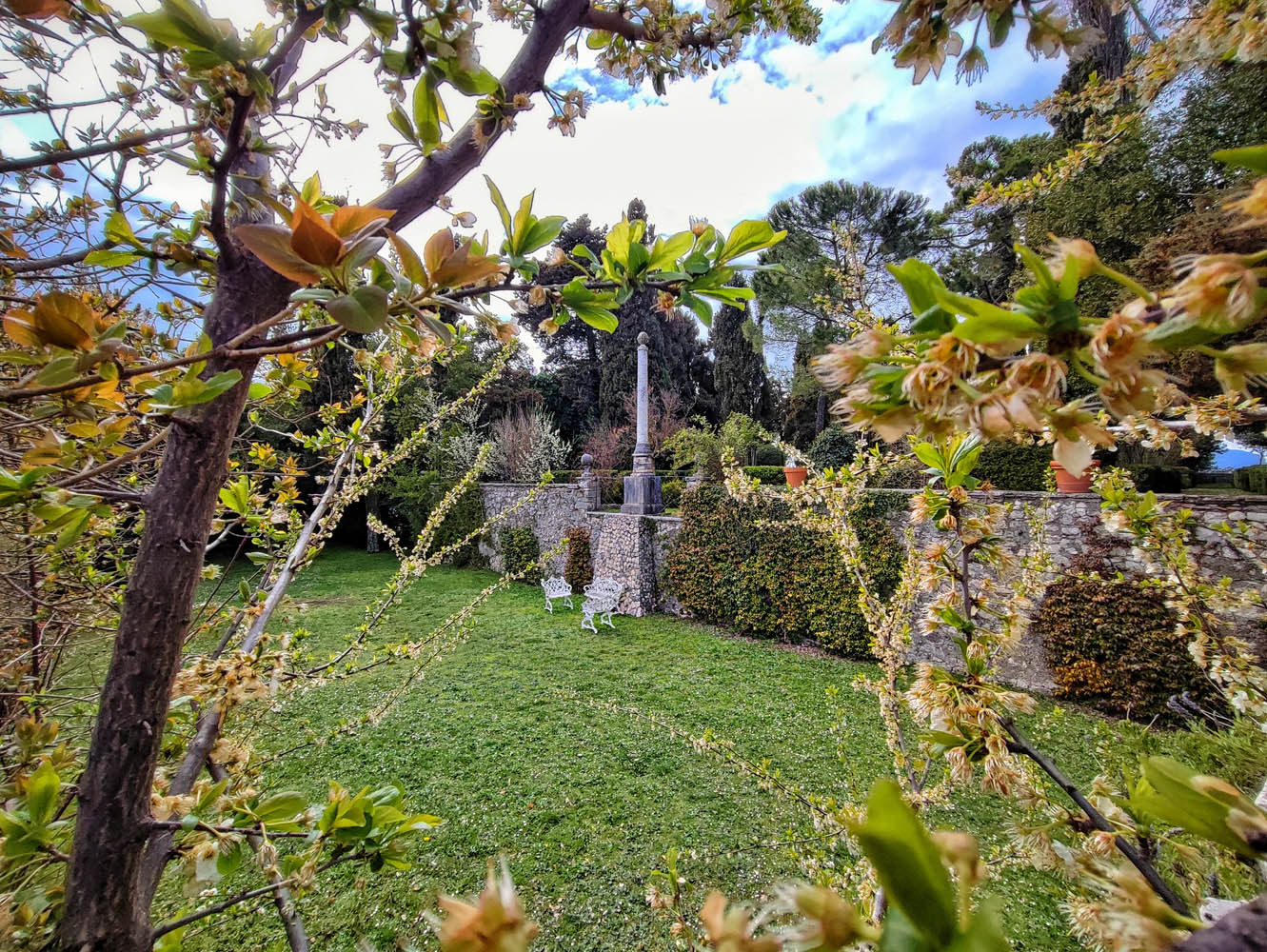
THE ENTREPRENEURIAL GENIUS OF THE LONGHI DE PAOLIS FAMILY
“Around it, parallel activities such as restaurants, hotels, holiday homes, B&Bs, farms, and shops selling goods and artisanal products to tourists continue preserving history and tradition. It is estimated that about 30,000 people visit the castle each year. Numbers that advance the local economy, considering that the town of Fumone was not regarded as one of the tourist destinations in Ciociaria until the castle’s opening, which itself remained largely unknown except to historians and devotees of Pope Celestine V.”
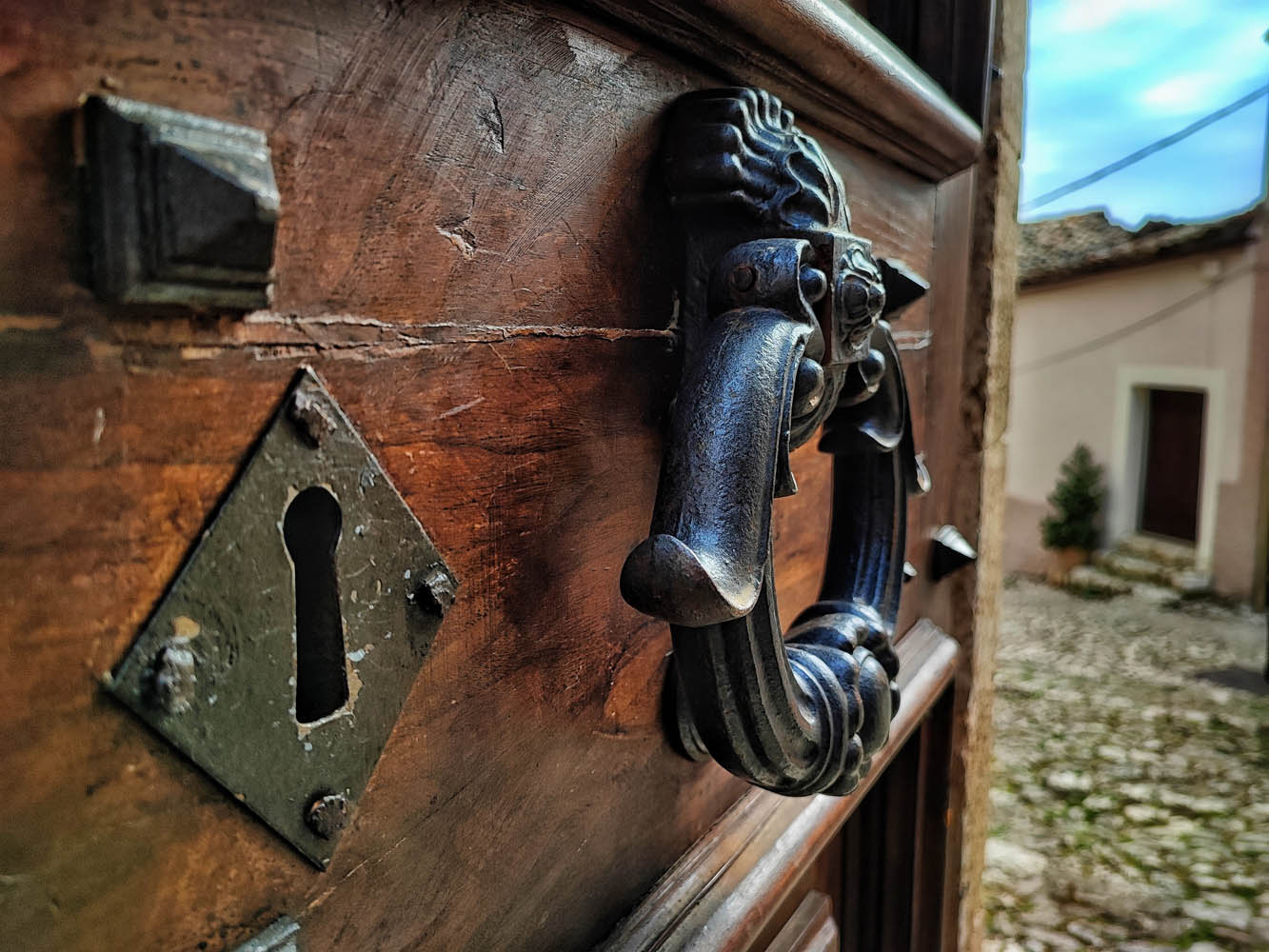
“It was partly by chance and partly the entrepreneurial spirit of some members of the Marchesi Longhi de Paolis family,” continues Ottaviano, “that made the Fumone castle a site of significant tourist interest in Italy. Now, among the 92 municipalities of the province of Frosinone, Fumone ranks at the top for tourism. This fact should make us reflect and understand that it would be wise in Italy to invest money and labor in our castles, which number about 25,000: thousands of glorious artistic jewels scattered across the national territory that, if well-utilized, would be a boon to the municipalities where they are located, proudly advancing our Made in Italy.”
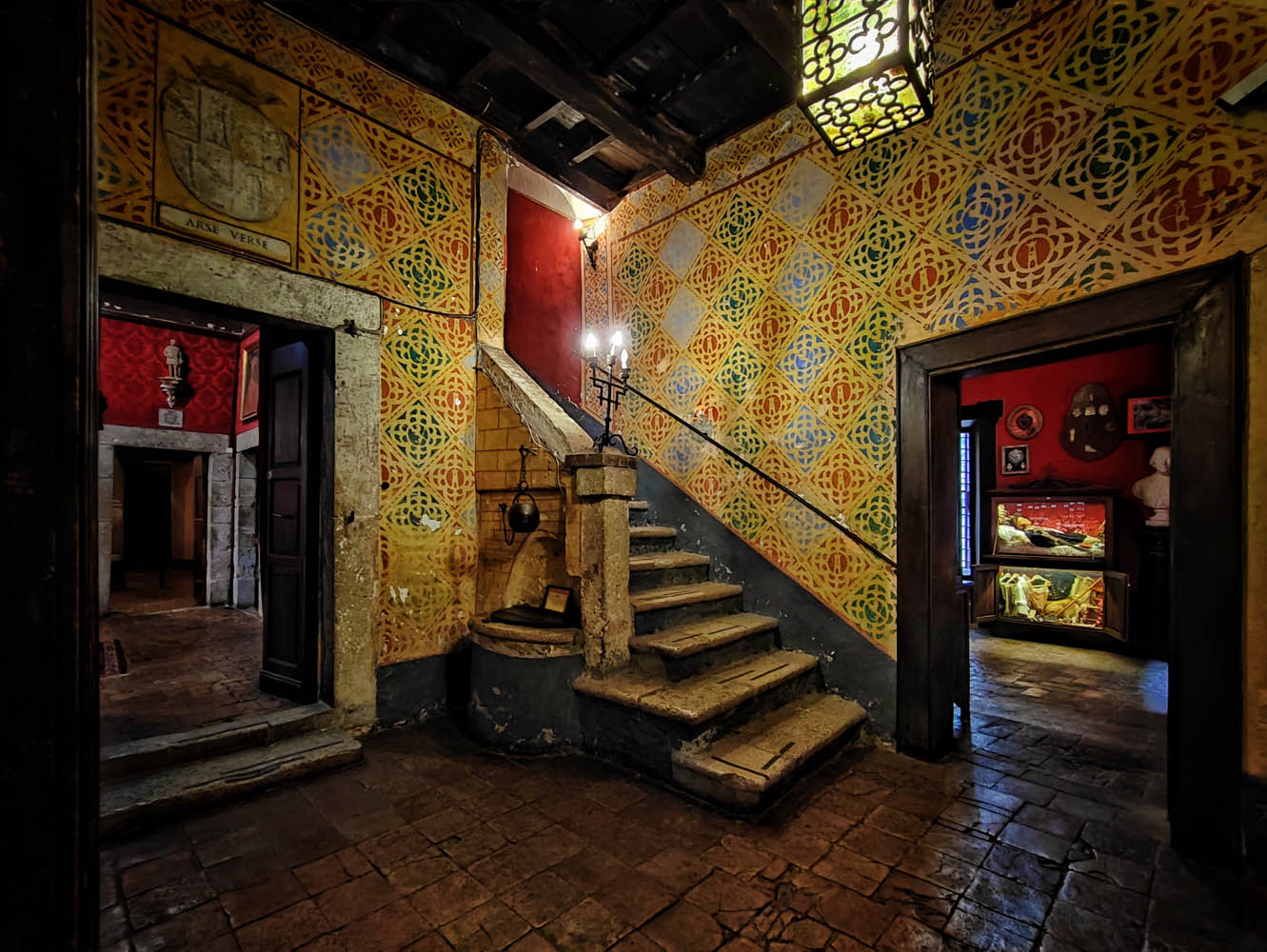
Opening hours to visit the Castle:
Monday/Friday: 9:30-13:00/15:00-19:30
Saturday: 9:30-13:30/15:00-19:30
Sunday: continuous hours
Closing:
19:30 summer hours
18:00-18:30 winter hours
Photogallery:
For our social media followers on Facebook and Instagram, here are the answers to the two quizzes:
QUIZ 1
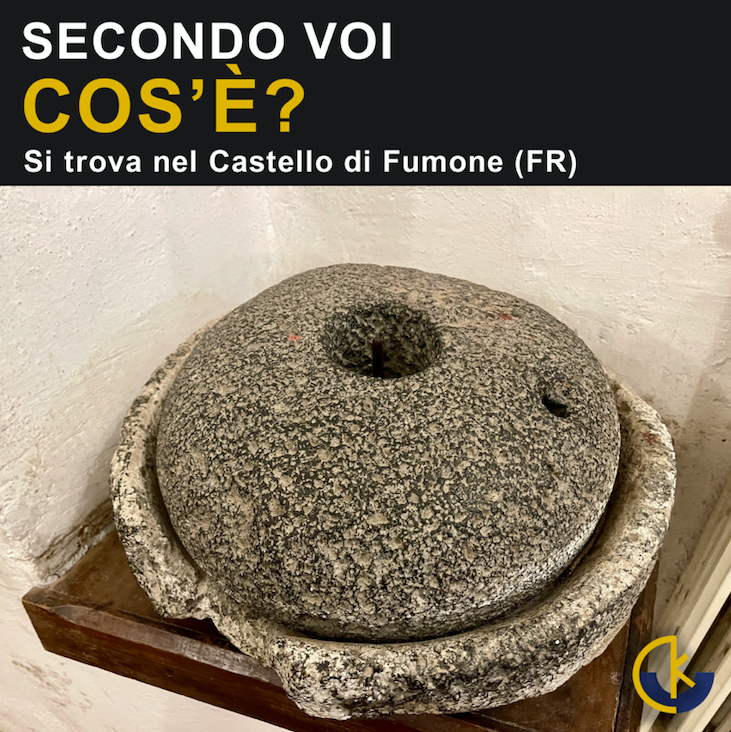
An ancient stone mill for transforming wheat into flour. The grains were placed in the hole in the center, which ended up between the two stones. The smaller hole was used to insert an iron lever, held and used to rotate the upper stone, which, by friction, ground the wheat into flour. The flour came out through the groove in the underlying stone.
QUIZ 2
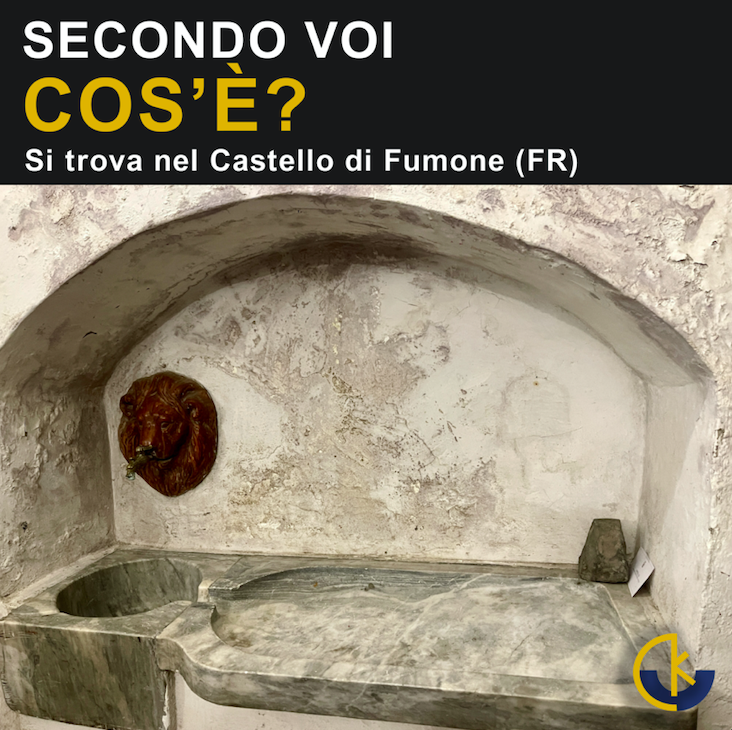
An ancient “slaughtering block” used for skinning small courtyard animals like rabbits, chickens, geese, turkeys, or game before cooking. It consists of a marble top with a groove that served to drain the blood into the circular basin.
Giornalista detentore dal 2015 del Guinness World Records TV e Ambasciatore Borghi più Belli d’Italia.
Leggi in:
![]() Italiano
Italiano





